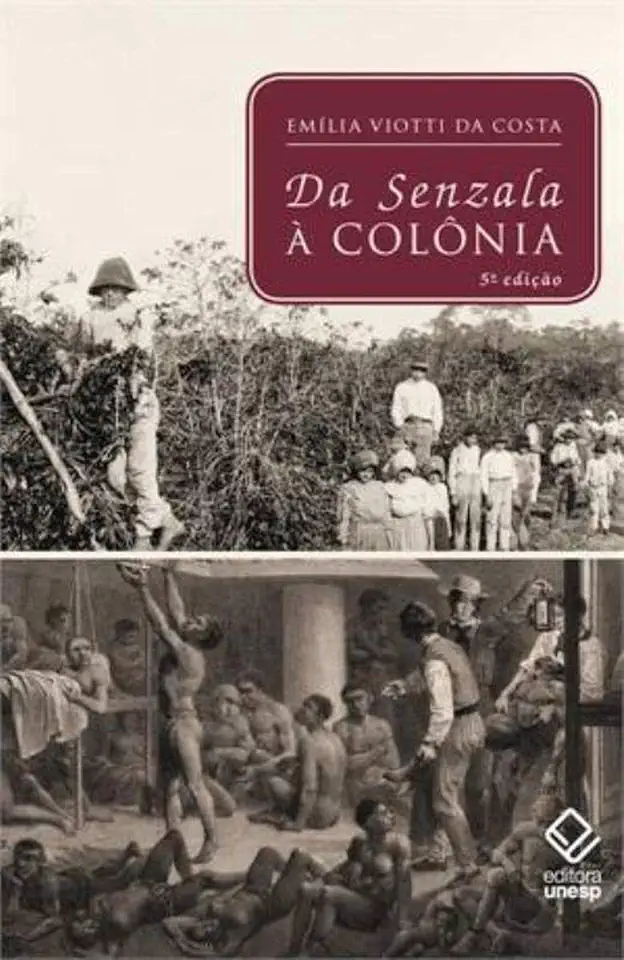
From the Slave Quarters to the Colony - Emília Viotti da Costa
From the Slave Quarters to the Colony: A History of Marginalized Peoples in Brazil
Introduction
In her groundbreaking work, "From the Slave Quarters to the Colony," Emília Viotti da Costa offers a comprehensive and thought-provoking analysis of the history of marginalized peoples in Brazil. Through meticulous research and insightful analysis, da Costa sheds light on the experiences and struggles of enslaved Africans, indigenous communities, and other marginalized groups in Brazilian society. This book is a must-read for anyone seeking a deeper understanding of Brazil's complex social and historical dynamics.
The Marginalized in Brazilian Society
Da Costa begins by examining the various forms of marginalization that have shaped Brazilian society. She argues that the marginalization of certain groups was not merely a byproduct of colonialism but rather a deliberate strategy employed by the dominant classes to maintain their power and control. By denying marginalized groups access to education, land, and political participation, the elite sought to perpetuate their own dominance and prevent any challenges to their authority.
The Slave Quarters
One of the central themes of the book is the experience of enslaved Africans in Brazil. Da Costa provides a detailed account of the harsh conditions under which slaves lived and worked, as well as the various forms of resistance they employed to assert their humanity and dignity. She argues that the slave quarters were not merely places of confinement but also sites of cultural exchange and resistance, where enslaved Africans preserved their cultural traditions and developed new forms of expression.
The Indigenous Communities
Da Costa also explores the history of indigenous communities in Brazil and their struggles to maintain their land, culture, and way of life. She highlights the devastating impact of European colonization on indigenous societies, including the spread of diseases, forced assimilation, and the loss of traditional lands. Despite these challenges, indigenous communities have demonstrated remarkable resilience and continue to fight for their rights and recognition.
The Colony and the Nation
In the final section of the book, da Costa examines the formation of the Brazilian nation and the role of marginalized groups in shaping its identity. She argues that the exclusion and marginalization of certain groups have had profound consequences for Brazilian society, leading to social inequality, political instability, and persistent racial and ethnic divisions. However, she also highlights the potential for marginalized groups to become agents of change and contribute to the creation of a more just and inclusive society.
Conclusion
"From the Slave Quarters to the Colony" is a powerful and thought-provoking work that offers a critical examination of the history of marginalized peoples in Brazil. Through her meticulous research and insightful analysis, Emília Viotti da Costa challenges conventional narratives and provides a deeper understanding of the complex social and historical dynamics that have shaped Brazilian society. This book is essential reading for anyone interested in Brazilian history, social justice, and the ongoing struggle for equality and inclusion.